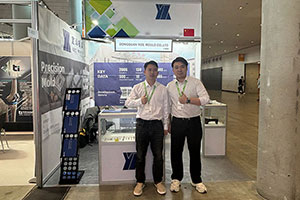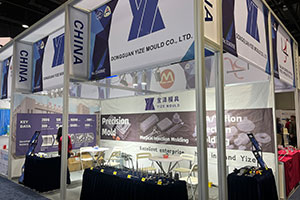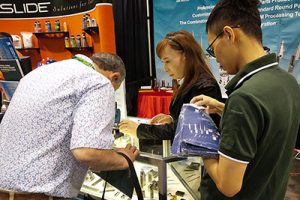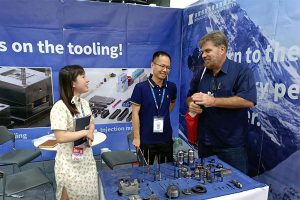The Difference between Tungsten Carbide and High-Speed Steel(HSS)
Cheap factory. Tungsten carbide is made from metals such as tungsten, cobalt, carbon, and others, while high-speed steel is made from carbon steel with the addition of tungsten, molybdenum, cobalt, chromium, and other metals.
Tungsten carbide is made from metals such as tungsten, cobalt, carbon, and others, while high-speed steel is made from carbon steel with the addition of tungsten, molybdenum, cobalt, chromium, and other metals.
Hardness: Tungsten carbide has a higher hardness than high-speed steel, typically reaching above HRC65, while high-speed steel has a hardness of around HRC60.
Our factory business: carbide parts, mold parts, medical injection molds, precision injection molds, teflon PFA injection molding, PFA tube fittings. email: [email protected],whatsapp:+8613302615729.
Wear Resistance: Tungsten carbide exhibits better wear resistance than high-speed steel. With its high hardness, tungsten carbide is less prone to wear and can maintain sharpness for a longer period of time.
1. Different Characteristics.
High-speed steel (HSS) is a type of tool steel that possesses high hardness, wear resistance, and heat resistance.
Tungsten carbide (hard alloy) exhibits a range of excellent properties, including high hardness, wear resistance, good strength and toughness, heat resistance, and corrosion resistance. It is an alloy material composed of refractory metal hard compounds as the base and metal as the binder.
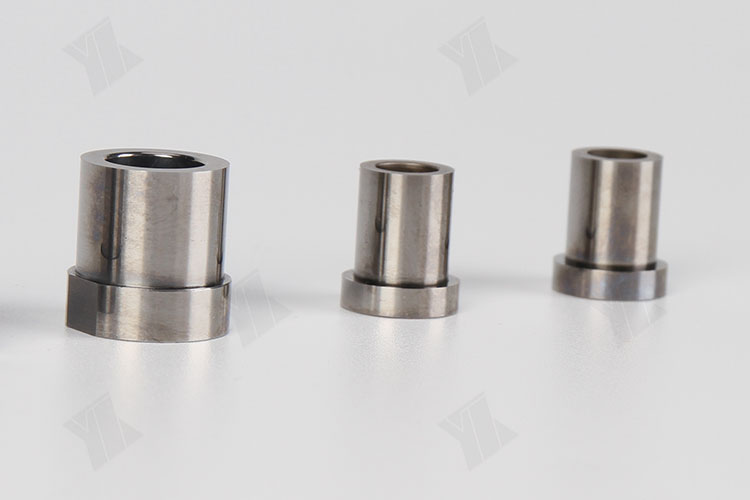
The flexural strength of general-purpose high-speed steel is 3.0-3.4 GPa, impact toughness is 0.18-0.32 MJ/m2, and hardness ranges from 62-65 HRC (hardness decreases to 48.5 HRC when the temperature rises to 600°C). Therefore, high-speed steel is characterized by good strength, excellent wear resistance, moderate heat resistance, and poor thermal plasticity. Note: The specific performance indicators of high-speed steel are closely related to its chemical composition and raw material ratio.
Common tungsten carbide has a compressive strength of 6000 MPa and a hardness ranging from 69 to 81 HRC. Even when the temperature rises to 900-1000°C, the hardness can still be maintained around 60 HRC. Additionally, it possesses good strength, toughness, wear resistance, heat resistance, and corrosion resistance. Note: The specific performance indicators of hard alloy are closely related to its chemical composition and raw material ratio.
2. Different Composition.
High-speed steel is a complex type of steel with a carbon content generally ranging from 0.70% to 1.65%. It contains a relatively high amount of alloying elements, with the total amount ranging from 10% to 25%.
Common components of tungsten carbide include tungsten carbide, cobalt carbide, niobium carbide, titanium carbide, and tantalum carbide. The grain size of carbide components or phases is typically between 0.2 and 10 micrometers, and the carbide grains are bonded together using a metallic binder. The binder is usually referred to as cobalt (Co), but for certain specific applications, nickel (Ni), iron (Fe), or other metals and alloys can also be used.
High-speed steel: All metal cutting is done with high carbon steel. This grade of steel exhibits high hardness but tends to soften quickly when heated. Adding tungsten and chromium to cutting steel makes it more resistant to softening when heated, significantly increasing cutting speeds. These steels are known as high-speed steels. Compared to other types of tool steels, they are less important for cutting purposes. HRC66-69.
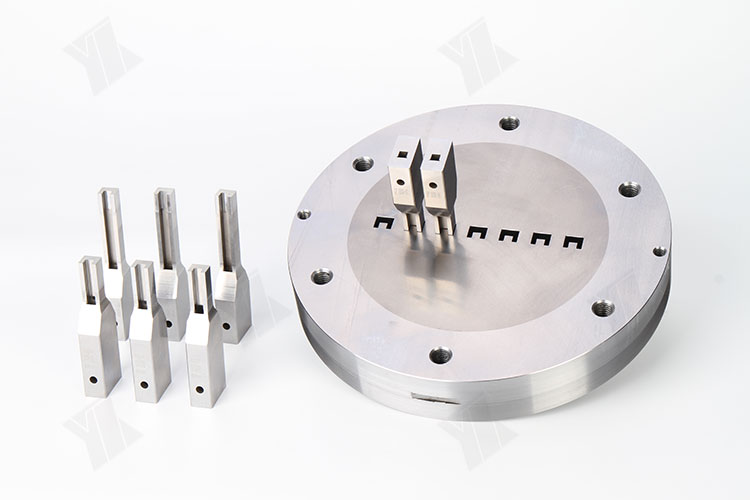
Tungsten carbide is an extremely hard metal material widely used in industries for applications such as drill bits that require high hardness materials. However, it is extremely expensive, with a piece of tungsten carbide the size of a rubber eraser costing around 100 meters, and prices have been rising recently. HRC85-95.
The hardness of tungsten carbide can reach 89-95 HRA. Tungsten carbide belongs to the category of hard alloys, also known as tungsten-titanium alloy. With a hardness of 89-95 HRA, tungsten carbide products are resistant to wear, hard and resistant to annealing, but they are also brittle. The main components of hard alloy are tungsten carbide and cobalt, which account for 90% of all components, while the remaining 10% is other metals, which is why it is also called tungsten carbide.
3. Applications.
High-speed steel is primarily used for manufacturing cutting tools such as drill bits, taps, and saw blades, as well as precision tools like milling cutters, broaches, and reamers.
Tungsten carbide is mainly used for manufacturing cutting tools, rock drilling tools, measuring instruments, hardware molds, wear-resistant parts, high-temperature resistant parts, and more.
Note: Under similar conditions, tungsten carbide cutting tools have a cutting speed that is 4 to 7 times higher than that of high-speed steel, while their lifespan is 5 to 80 times longer.
Related articles:


